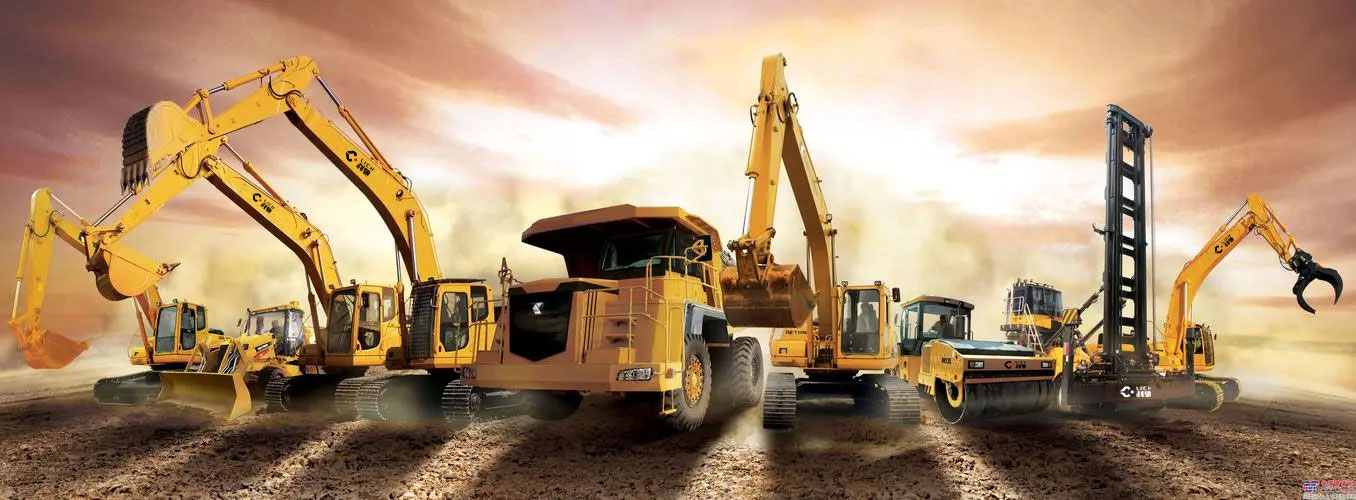
Amphibious Excavator
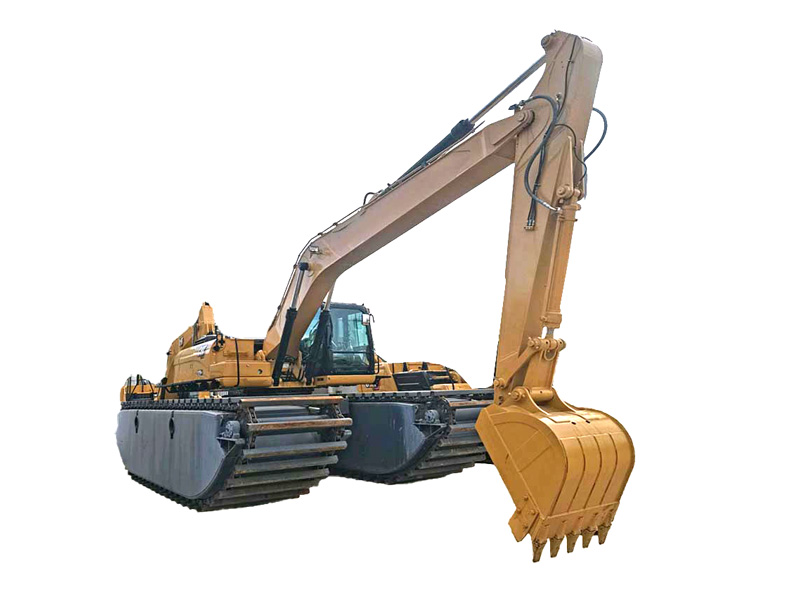
Amphibious Excavator usually refers to a dredger, also known as a dredge or suction dredger. The amphibious excavator is a special vessel specially used for dredging and dredging operations in waters. It is efficient and flexible and has important application value in ports, river maintenance, water conservancy projects, and other fields.
We're here to help: Easy ways to get the answers you need!
Amphibious Excavator usually refers to a dredger, also known as a dredge or suction dredger. The amphibious excavator is a special vessel specially used for dredging and dredging operations in waters. It is efficient and flexible and has important application value in ports, river maintenance, water conservancy projects, and other fields.
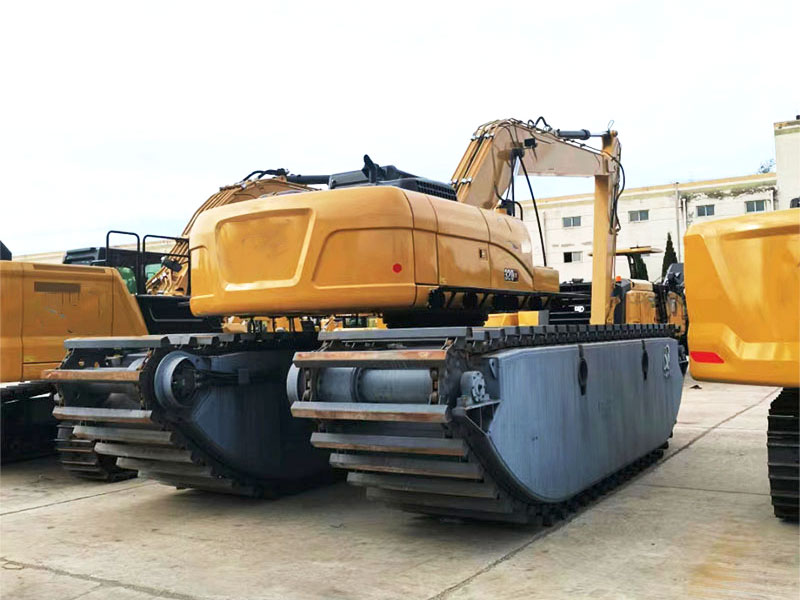
Hull structure: amphibious excavator usually consists of a hull, a power system, dredging equipment, and conveying equipment.
Principle of dredging: Mud is sucked and dredged through the dredging equipment on the hull (such as dredging suction mouth, dredging head, etc.), and then the dredged sand is transported to the destination through transportation equipment (such as pumps, transportation pipelines, etc.) land.
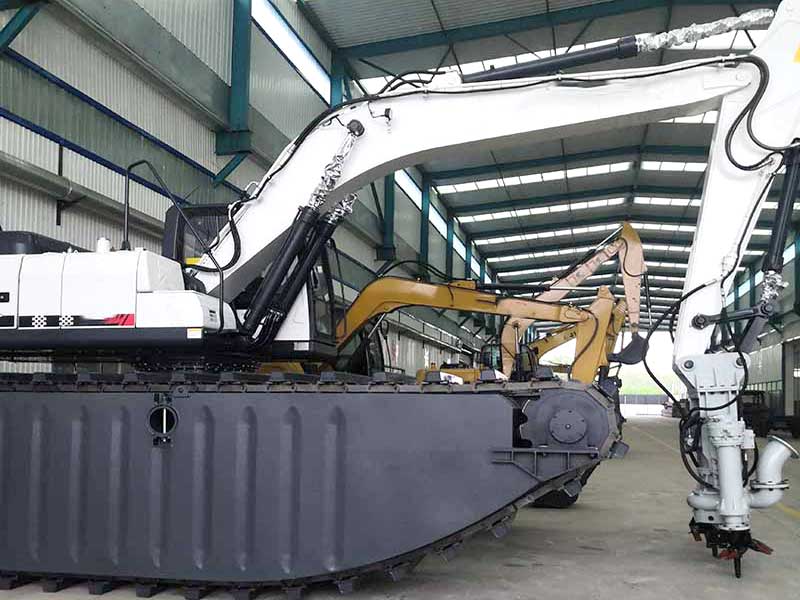
Water operations: Suitable for sand excavation, dredging, and other operations in rivers, lakes, ports, and other waters.
High efficiency: It can complete the excavation and transportation tasks of sediment quickly and efficiently.
Flexibility: The boat digger can flexibly move in the water to adapt to different operating needs.
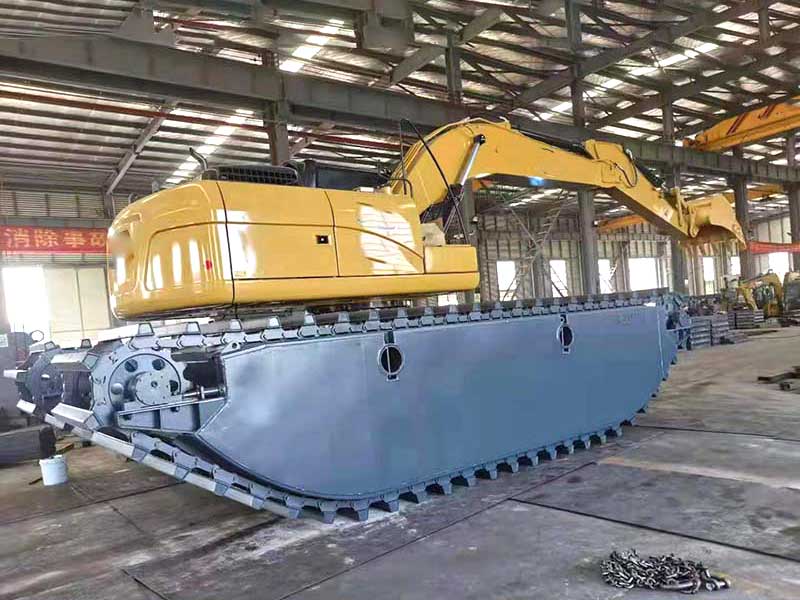
Port dredging: used to clean up silt in ports and waterways to ensure the safety of ships.
River maintenance: used to maintain the navigation conditions of the river and clean up the silt, aquatic plants, etc. in the river.
Water conservancy projects: In water conservancy projects, such as river embankment construction and embankment reinforcement, ship dredging is also widely used.
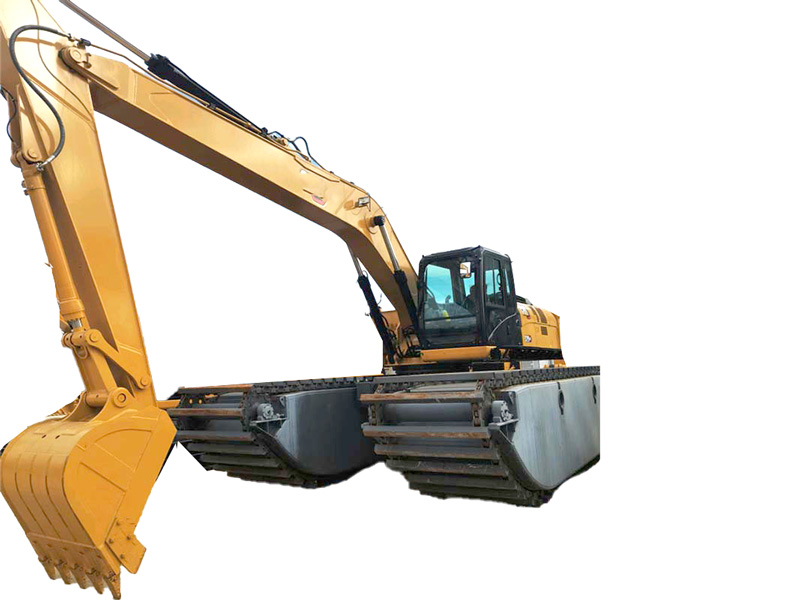
| Model | LC313GC | LC320GX | ||
| Standard | Extended | Standard | Extended | |
| Engine power (kw) | 74.5 | 108 | ||
| Working weight (kg) | 18500 | 20000 | 30000 | 32000 |
| Arm length (m) | 4.65 | 5.65 | 5.7 | 6.9 |
| Forearm length (m) | 2.5 | 3 | 2.7 | 3.5 |
| Capacity (m3) | 0.53 | 0.6 | 0.9 | 0.8 |
| Maximum stretch distance on the ground (m) | 8.22 | 9.72 | 9.58 | 11.58 |
| Number of chains for a single main buoyancy tank | Two | |||
| Length, width and height of a single main pontoon (mm) | 6800*1200*1550 | 8000*1500*1770 | ||
| Main fuel tank capacity (L) | 250 | 390 | ||
| Optional Parts | ||||
| Single side pontoon length, width and height (mm) | 6000*1500*750 | 6000*1300*900 | ||
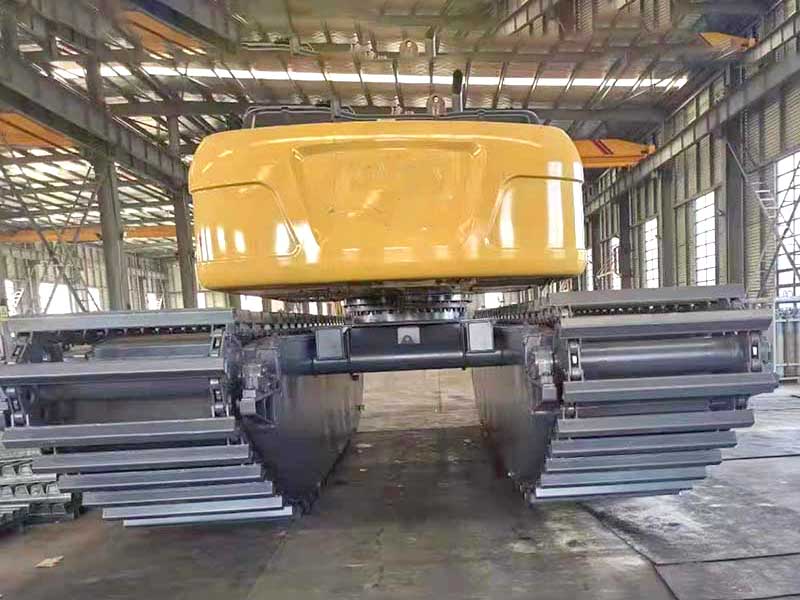
Please send us your request and we will reply to you within 24 hours.
Reach out to us anytime and we'll happily answer your questions.
Tel
+86-371-86663455The front shovel has a large excavation force and can excavate soil above the parking surface. It is suitable for excavating dry foundation pits with a height greater than 2m, but up and down ramps must be set up. The bucket of the front shovel is larger than that of the backhoe of the same capacity. It can excavate Class I to III soils with a moisture content of no more than 27%, and can cooperate with dump trucks to complete the entire excavation and transportation operation. It can also excavate large dry foundation pits and mounds.